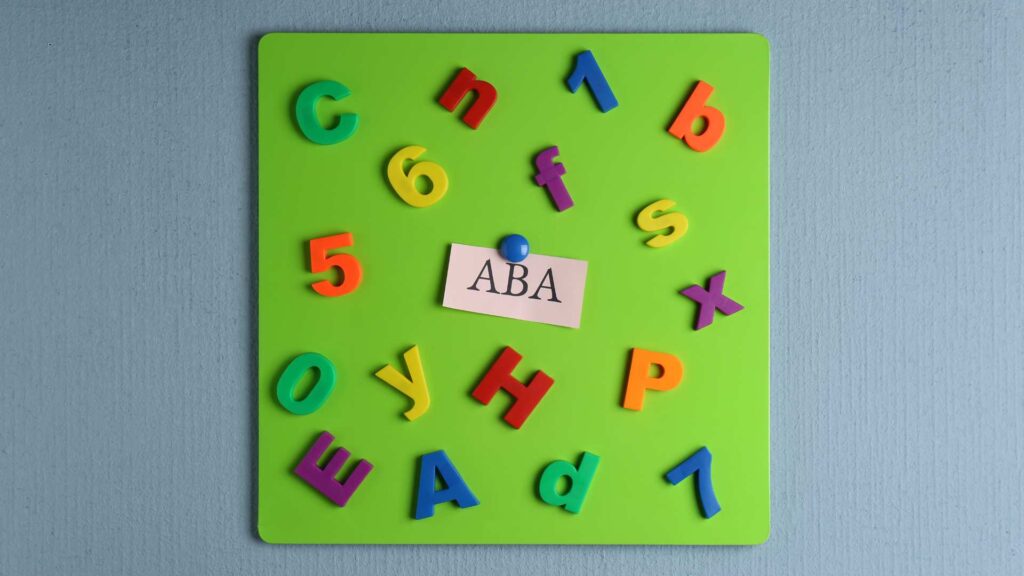Table of Contents
Why are the seven dimensions of ABA critical?
Applied Behavior Analysis (ABA) is a widely recognized approach for understanding and modifying human behavior. Initially developed by Dr. Ivar Lovaas in the 1960s, ABA has become the gold standard for treating individuals with autism and other developmental disorders. Its principles are rooted in decades of research and clinical practice, emphasizing the importance of data-driven and individualized interventions. One of the foundational frameworks of applied behavior analysis is the seven dimensions of ABA, which serve as the pillars guiding practitioners in designing and evaluating effective treatment plans.
So, why are the seven dimensions of ABA critical? Understanding the seven dimensions of ABA is crucial for anyone involved in behavioral therapy, whether they are practitioners, parents, or educators. These dimensions provide a comprehensive roadmap for ensuring that interventions are not only practical but also ethical and sustainable. They encompass various aspects of behavioral analysis, from the scientific rigor of the interventions to their practical applicability in real-life settings.
In this article by ABA Centers of Washington, we will explore each of the seven dimensions in detail, shedding light on their significance and application in ABA therapy. Keep exploring the world of autism and ABA therapy with us.
7 Dimensions of ABA
Over the years, the field of ABA has evolved, incorporating new research findings and technological advancements. However, the seven dimensions have remained a constant reference point, underscoring their enduring relevance. These dimensions ensure that ABA practices remain focused on meaningful and measurable outcomes, providing a structured approach to understanding and influencing behavior. Let’s discover what entitles each one according to the Journal of Applied Behavior Analysis:
1. Applied
The Applied dimension of ABA emphasizes the importance of selecting behaviors that are socially significant to the individual and their environment. This dimension ensures that the interventions target behaviors that improve the individual’s quality of life. For instance, teaching a child with autism to communicate their needs can significantly reduce frustration and enhance their social interactions. By focusing on behaviors that have real-world relevance, practitioners can make a tangible difference in the lives of those they serve.
2. Behavioral
This dimension focuses on observable and measurable behaviors. ABA practitioners rely on empirical data to assess progress and make informed decisions about interventions. This emphasis on objective measurement ensures that changes in behavior are fundamental and not based on subjective reports. For example, instead of merely noting that a child seems happier, a practitioner might measure the frequency of smiling or social engagement to quantify improvement. This rigorous approach helps in maintaining the scientific integrity of ABA interventions.
3. Analytic
The Analytic dimension involves demonstrating a clear relationship between the interventions and the observed changes in behavior. This dimension underscores the importance of using experimental designs, such as single-subject research, to establish cause-and-effect relationships. By systematically manipulating variables and observing their impact on behavior, practitioners can identify the specific factors contributing to behavioral changes.
4. Technological
The Technological dimension ensures that ABA therapists describe procedures in sufficient detail, allowing others to replicate them. Clear and precise documentation of interventions is crucial for maintaining consistency and fidelity in ABA practice. This dimension involves writing comprehensive treatment plans, including specific instructions, materials, and procedures.
5. Conceptually Systematic
This dimension requires that interventions be grounded in established principles of behavior analysis. It ensures that ABA practices are not arbitrary but based on a coherent theoretical framework. By linking interventions to fundamental behavioral concepts, such as reinforcement and extinction, practitioners can provide a clear rationale for their strategies.
6. Effective
Emphasizes the importance of producing significant and socially essential changes in behavior. Interventions must demonstrate practical and meaningful improvements in the individual’s life. This dimension requires ongoing assessment and modification of treatment plans to ensure that clients are achieving the desired outcomes. Effectiveness is not just about statistical significance but also about the real-world impact of the interventions on the individual’s well-being.
7. Generality
This dimension focuses on ensuring that behavioral changes are durable and transferable across different settings and contexts. It involves teaching skills that therapists can generalize to diverse settings, people, and situations. For example, a child learning to request help in a therapy session should be able to apply this skill at home, school, and in the community. Ensuring generality helps create lasting and meaningful changes in behavior.
How ABA Therapy Helps Children with Autism
ABA therapy has proven to be highly effective for children with autism and other developmental disorders. Research in Autism Spectrum Disorder found that children who received ABA-based early intervention programs showed significantly better results in IQ, non-verbal IQ, expressive and receptive language, and adaptive behavior compared to those who didn’t.

By focusing on the seven dimensions, ABA practitioners can design individualized treatment plans that address each child’s unique needs. ABA interventions can help improve communication skills, social interactions, academic performance, and daily living skills.
The structured and data-driven nature of ABA allows for continuous monitoring and adjustment of interventions, ensuring that they remain effective over time. By breaking down complex behaviors into smaller, manageable steps, ABA helps children achieve significant progress and reach their full potential. Additionally, ABA therapy involves parents and caregivers in the treatment process, providing them with strategies and tools to support their child’s development in everyday situations.
ABA Centers of Washington and Autism Care Services
At ABA Centers of Washington, we understand the unique challenges and joys of raising a child with autism. Our team provides families in Olympia, Seattle, Ontario, Tacoma, or other areas of Washington with the benefits of an evidence-based approach with years of research and practice. We believe in the power of ABA therapy to address the specific needs of each individual, tailoring our programs to meet their goals while respecting their abilities.
Our focus is not on eliminating autism but on building positive skills that will be useful throughout life. We design each therapy program with the individual in mind, recognizing that autism affects everyone differently. By enhancing communication, social interaction, and daily living skills, we aim to improve the quality of life for both individuals with autism and their families. At the same time, we work to reduce challenging behaviors, making it easier to navigate the world with autism.
We are ready to provide personalized care that makes a real difference. Call us at (877) 554-0710 or contact us online to learn more about our programs and how we can support your family’s journey.









